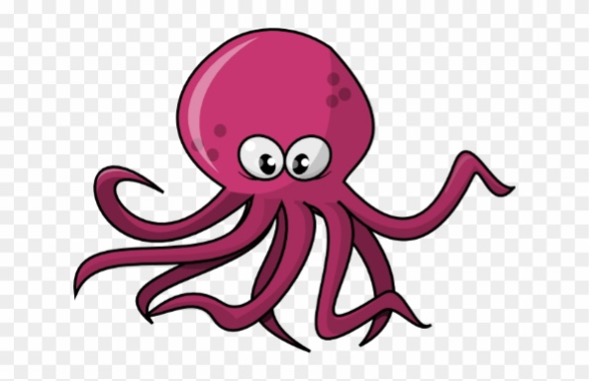by Timothy A. Pearce
Despite typical depictions of outer space creatures in movies and on TV, the chance that extra-terrestrial aliens will look like us is vanishingly small, and they are also likely to think and communicate very differently than we do. Most species on Earth communicate with smells (note that most animal species on Earth are insects), while fewer species, including humans, communicate primarily with sight and sound. As far as I know, humans are the only ones on Earth using radio waves to communicate, although radio transmitters and receivers are external to our biological bodies. (Nerds will point out that radio waves and light waves are all part of the electromagnetic spectrum, just pulses of the same phenomenon at different frequencies.)

If we humans actually made contact with extra-terrestrial alien intelligence, how would we communicate with them? Extra-terrestrial organisms, likely being completely separate instances of life, and potentially evolving under dramatically different temperatures and chemical environments (think cold moons of Jupiter or Saturn where the solvent of life could be liquid hydrocarbons instead of water), might not use smell, sight, or sound as Earth creatures do. They might have very different ways of conveying information.
I suggest if we want to practice communicating with space aliens, we should look no further than our 8-legged ocean intelligence: the octopus. The octopus is evolutionarily the most different of all the intelligences on Earth. Here, I include in the “intelligence club” organisms such as primates (including humans), cetaceans (dolphins and whales), certain birds (parrots, jays, and crows), and cephalopods (particularly octopus). If you’d like to include other favorite creatures capable of acquiring and applying knowledge, such as elephants, dogs, and horses, well sure, we can include them in the intelligence club. What I want you to notice is that all of them except the cephalopods are vertebrate animals, and all but the birds are mammals.

The cephalopods are the most different of all those intelligences. The cephalopod and vertebrate lineages split from each other more than half a billion years ago. Although the common ancestors of the different vertebrate lineages were not likely highly intelligent, something about the vertebrate body plan might have been a precursor for intelligence. If this is the case, we might expect similarities in the different instances of vertebrate intelligence. On the other hand, because cephalopods and their intelligence came from a very different ancient ancestor, it is as different an intelligence as we can find on Earth. To appreciate how different, look up the fundamental difference between protostomes (including octopus) and deuterostomes (including vertebrates).
I suggest that our best chance to practice communicating with space aliens is to practice communicating with octopuses.
One other non-vertebrate I can think of that might be considered for the intelligence club is the jumping spider (family Salticidae, particularly genus Portia), whose intelligent hunting behaviors indicate they can reason and learn. And hey, they have eight legs, just like the octopus. Coincidence? What do you think?
Timothy A. Pearce, PhD, is the head of the mollusks section at Carnegie Museum of Natural History. Museum employees are encouraged to blog about their unique experiences and knowledge gained from working at the museum.
Related Content
Octopus Mystery: How Do They See Color?
Cuttlefish Pass Marshmallow Test
Carnegie Museum of Natural History Blog Citation Information
Blog author: Pearce, Timothy A.Publication date: December 1, 2021
